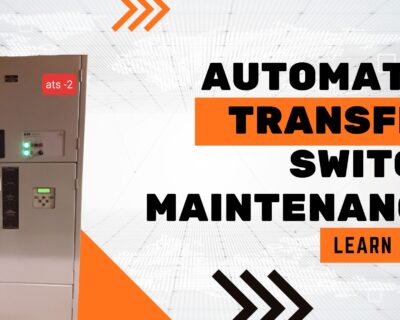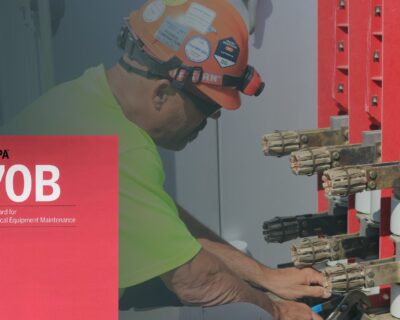Learn
Who should have an Electrical One line drawing?
Posted on
August 10, 2023
in

In short, everyone should have an electrical one-line of their facility. A few examples of industries that benefit from having an electrical one-line diagram includes:
- Municipalities: A one-line diagram is essential for power generation facilities, including thermal, hydro, and nuclear power plants, to better understand their complex electrical systems. They help these types of facilities improve the reliability and quality of the service that they provide to their customers.
- Manufacturing: These types of facilities require consistent electrical power for their operations, and any downtime can greatly impede production. Having a one-line diagram can improve the efficiency of routine and emergency maintenance, minimizing downtime.
- Healthcare: Hospitals and other healthcare facilities rely heavily on electrical power for medical equipment and patient care. Understanding the power system configuration can help to maintain the operation of critical and life-safety equipment, therefore, increasing the quality of care the facility can provide.
- Data Centers: A reliable source of electrical power is essential to maintain data center operations. Having a one-line diagram helps technicians preserve the operation of the server and environmental control equipment, allowing users to access their data with minimal interruptions.
- Commercial Buildings: Office buildings, shopping centers, and hotels require a reliable source of electrical power to operate lighting, HVAC systems, elevators, and other equipment. One-line diagrams allow owners of these facilities to provide reliable service and facilitate future growth.
- Education: Educational facilities, such as schools, colleges, and universities, should have a one-line diagram to maintain their power system. This allows for an optimal learning environment by minimizing classroom interruptions, fostering continuous student development, and maximizing academic progress.
Several professions in the electrical world can make use of these one-line diagrams to operate safely and efficiently. This includes:
- Engineers and Designers: Electrical engineers and system designers require a one-line diagram to design and assess electrical systems.
- Electricians and Maintenance Personnel: Electricians and maintenance teams rely on one-line diagrams for routine and emergency maintenance.
- Facility Owners and Operators: Facility owners and operators need a one-line diagram to better maintain their electrical system and to ensure compliance with electrical safety standards.
- Emergency Responders: Firefighters, emergency personnel, and utility workers benefit from one-line diagrams during emergency situations. The diagram assists them in locating electrical equipment, isolating circuits, and restoring power.
Overall, any industry that relies on electrical power can benefit from having an up-to-date one-line diagram. It provides a visual representation of the electrical system and helps owners, operators, maintenance personnel, and engineers to understand the electrical system’s configuration and interdependencies.
If you want to learn more about Electrical One Line drawings and the importance they have on your facility, read our white paper “Why, What, When, and Who of Electrical Maintenance“.






